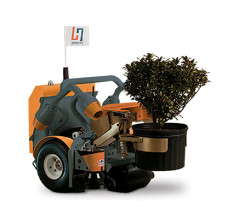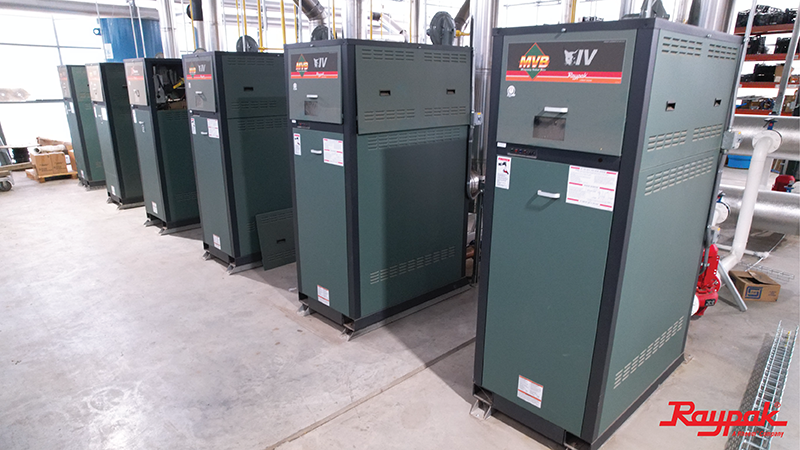Pot-Moving Automation From Harvest Automation Tested At Metrolina

Metrolina Greenhouses is trialing robots from Harvest Automation for plant handling for indoor and outdoor production. Scroll down for video of the testing.
Four units of the pot-moving robots are being tested by Metrolina, which is considering using them to consolidate and space remaining pots after shipments go out. The robots can also be used to respace in a tight configuration for collection, says Harvest Automation CEO Charlie Grinnell. Grinnell came from iRobot, the original innovators behind the vacuum robot Roomba, and are now taking up automation in horticulture.
Harvest Automation has been testing the pot-moving robots for the last 18 months, working toward perfecting a model in which several smaller machines work together in teams. This way, small operations can buy just a few of the robots, while larger ones can buy more to serve a larger production area.
“We thought it would be a much better idea to come up with a small machine, which would have many advantages,” Grinnell says. “If we built a small machine that could work in teams, small growers could buy just a couple or a big grower could buy a hundred of them. It also gives you the flexibility to work in lots of environments and configurations.”
Art Van Wingerden tells Greenhouse Grower that the units are battery-operated, and a charge lasts about five to six hours. The unit comes with two batteries, so one can be charged while one is in use. The lip of flood floors can be used as the boundaries for the robots or a reflective tape (as seen in the video below) can be used.
“[The robots can be used] any time a plant needs to be moved around, whether it’s the initial spacing just off the potting line and goes out to the field,” Grinnell says. “One of our customers is using forklifts, so they never have to touch the plants. They’re coming off the line and going onto a trailer. Then a forklift picks the plants off the trailer and puts them onto the ground. That’s where our robots take over.” The robots can also be used for consolidating and collecting plants to ship.
The robots are designed to move pots in sizes from 1- to 5-gallon containers, but Grinnell has found they can also handle some 7-gallon containers. Design work is being done to handle smaller containers.
Grinnell says Harvest Automation has worked hard to develop controls that have a simple graphical interface and that do not require a technical background to use effectively. The user decides the type and size of container to be moved, the distance between plants and the pattern to place them. At the first commercial site, between 15 and 20 field and greenhouse workers used the controls and feedback has been positive.
Harvest Automation shipped the first commercial units in September and is now accepting deposits and working on availability for Q1 2013.
The next step for Harvest Automation will be automating everything in between placing plants in the greenhouse and ship time — pesticide and insecticide application, inventory tracking and grading. Grinnell says testing for these new applications should begin in late 2013.








